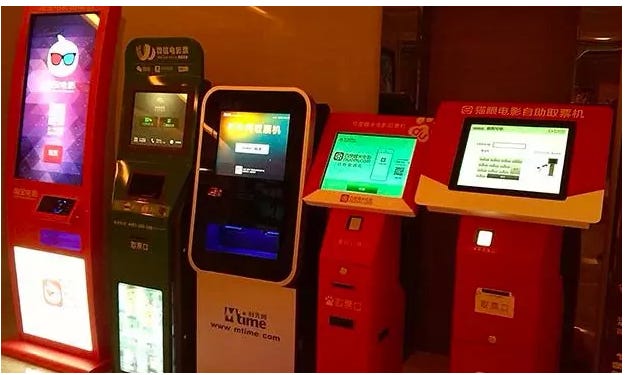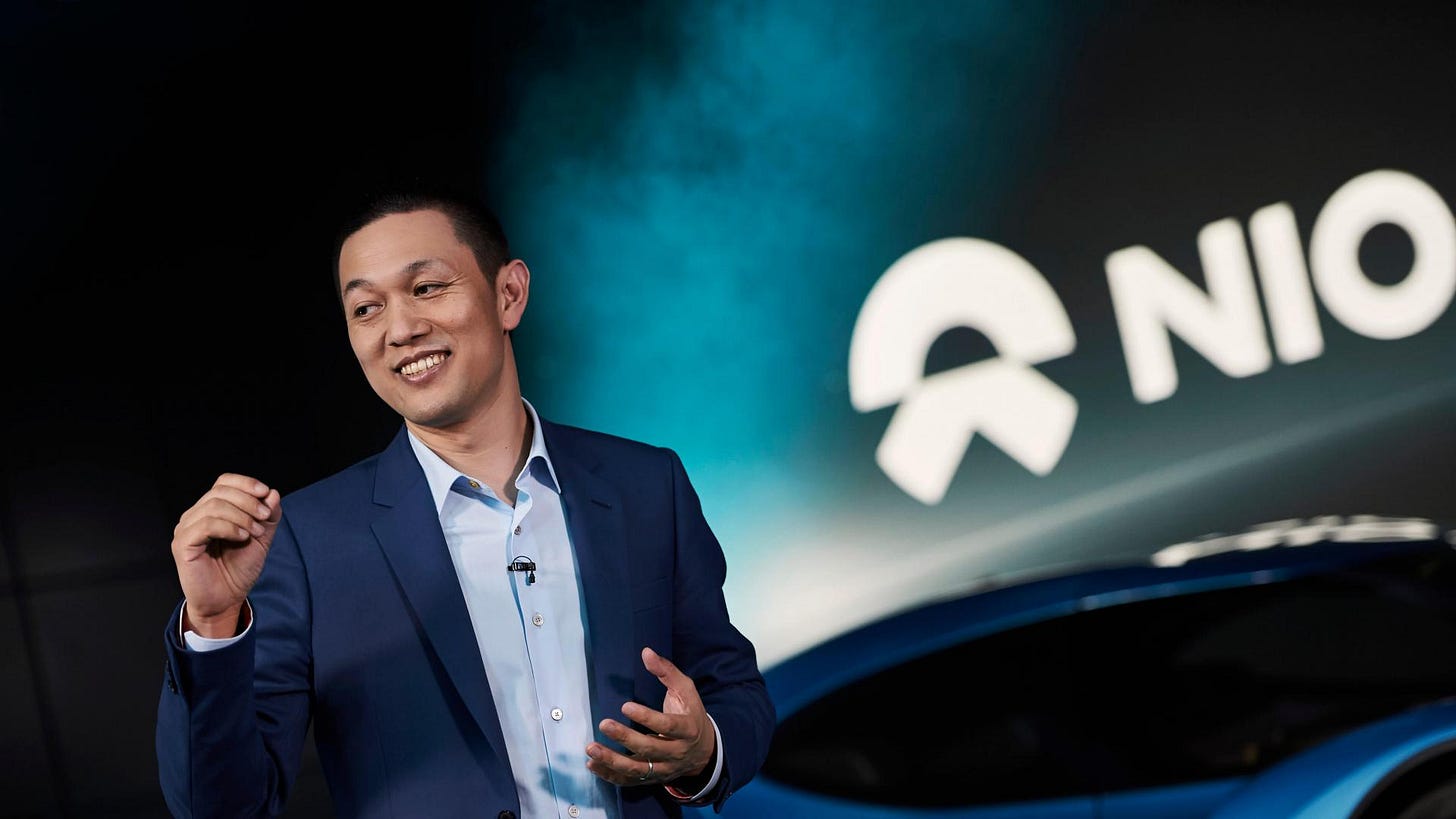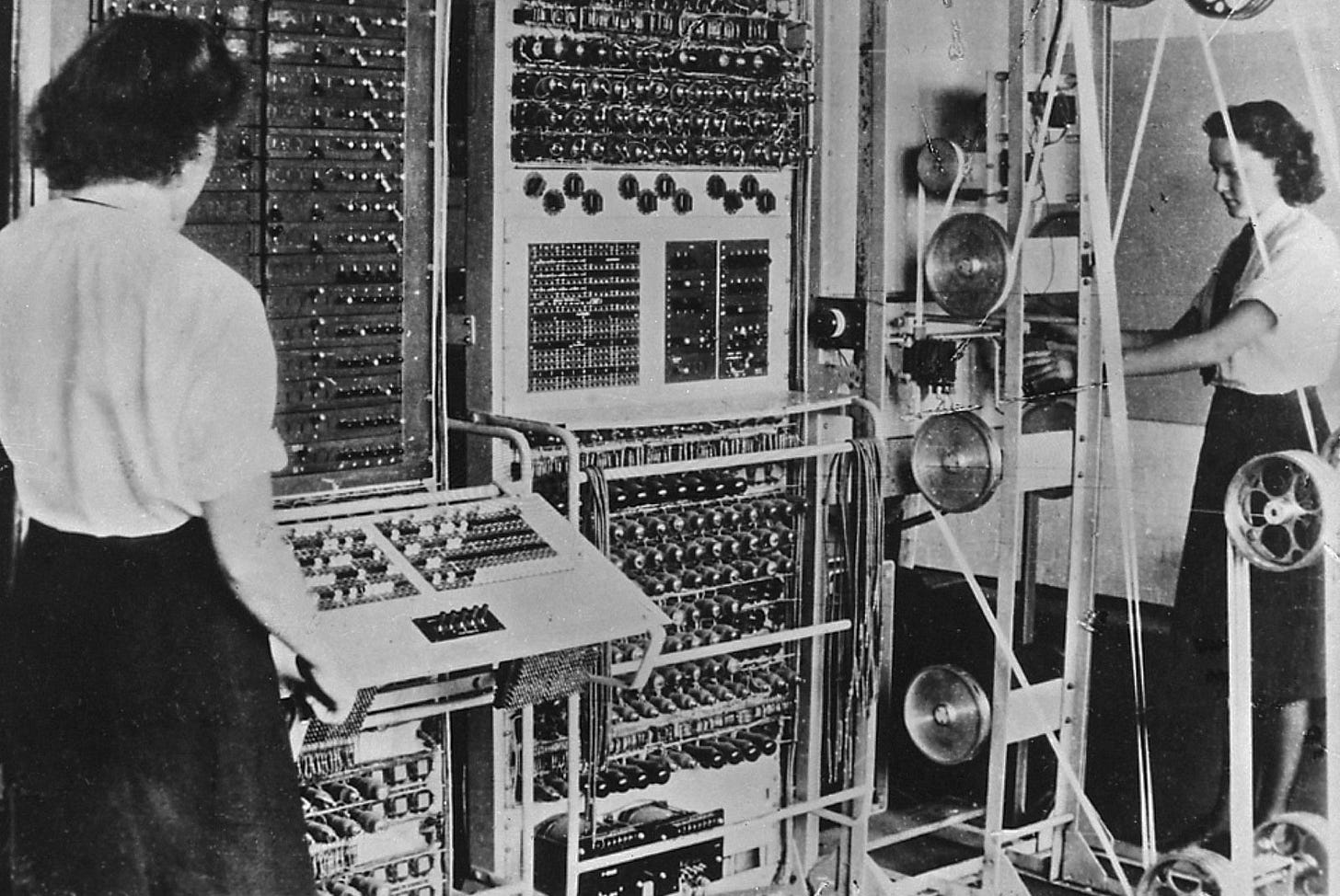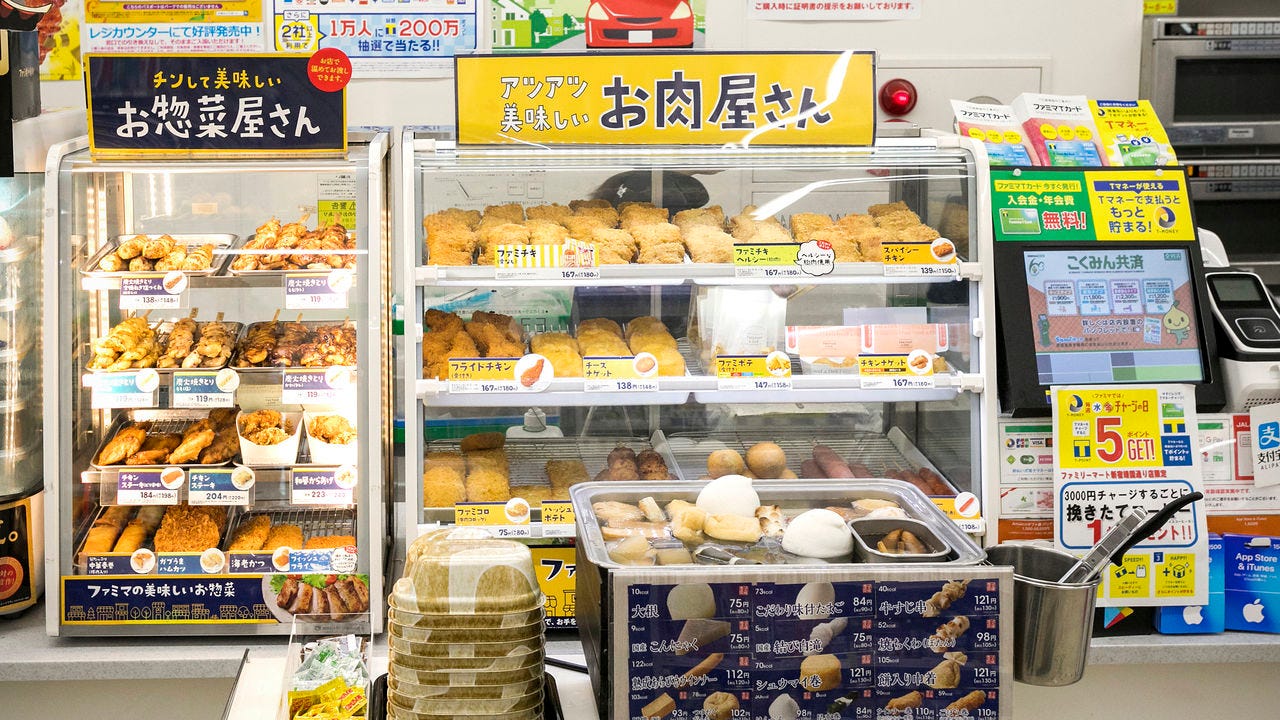#011 - Product Management Lessons by Meituan Co-Founder - Pt 10: Total Addressable Market
8mins read - Model It Out, Social Division of Labor, What Could It Be
Let’s get you up to speed:
Wang Huiwen is the co-founder of Meituan, who recently retired at age 42 with an estimated net worth of >US$2B. He opened a Product Management course at Tsinghua University in September 2020. This article and others in this PM series are my translation and edits based on a compilation of the content of his course shared online. You can see other articles in this series here.
Total Addressable Market
When starting a new business, if we were to look at only one factor, that would be the total addressable market (TAM) of the business. It's an easy concept to understand but to give an accurate estimate of TAM is extremely difficult.
Take food delivery for example. The food delivery industry in China started about 10 years ago and it has 50-60M orders per day. Coupled with an annual growth rate of 20-30%, it's more or less certain that we'll reach 100M orders a day. However, it takes a certain Warren Buffett or Jeff Bezos to have this kind of judgment from Day 1 of the industry. (Jeff Bezos is the best capital allocator in the tech industry).
Many startups already failed at this very first step, no matter how hard the founders or the employees may try afterward. Overestimation and underestimation can both be fatal.
Over-aggressive
All of the big opportunities in the global Internet industry today have suffered huge losses in their early days - the ride-hailing wars, the food delivery wars and the industry du jour, electric vehicles (Note: known as new-energy vehicles, NEV; there're more than a dozen NEV unicorns in China).
I remember from an investment memo from one of the investors when Meituan was raising money. It says, "Wang Huiwen is over-aggressive." After Le.com blew up, I asked one of their senior managers on what he thinks of NIO.
(Note: Le.com is the apotheosis of a certain type of Internet startup mentality - raise lots of money, buzzwords - “ecosystem“, valuation > profitability, lack of corporate governance, etc. Its story includes leveraing the shit out of its balance sheet, delisting, and the founder fled to the U.S. to escape creditors and start an electric car company. It’s unclear whether it’s startup failure or fraud. I’ll dig in more if it proves to be relevant again.)
He said NIO is too conversative. Of course, everyone in the industry would think that Le.com is too aggressive. Still, that response came as a shock to me. Le.com is over-aggressive for sure. So how much more conversative do we have to be? Or will we be too conversative that we miss an industry opportunity?
Why does the Le.com senior manager think that NIO is being too conversative? Till now, NIO approximately burnt through $5B. If Tesla could be a $1T company, then the $5B that NIO burnt through doesn't seem like a lot. Of course, at the time of our conversation, Tesla's market cap was aroung $30-40B. If you say that Tesla could be worth a trillion dollars, most people would think that you're insane. Now that Tesla's worth $300-400B ($665B as of 15 Mar 2021), a trillion dollars seems inevitable. Therefore, how much to invest depends on your judgment of the future market cap.
Food delivery is a business that everyone thinks it incurs huge losses - you have to subsidize riders on one hand and customers on the other. That's probably why the investor thought that I was over-aggressive. Today, the delivery business probably accounts for $100B in Meituan's market cap. (Meituan's market cap is ~$300B as of 15 Mar 2021). The total cumulative historical losses for Meituan delivery is less than $2B. In hindsight, that's a great rate of return.
Again, the appropriateness of the investment depends on the judgment on future market size. If the judgment is correct, then we should invest as early as possible to take strategic advantage. If the judgment is wrong, and we invested too much in too small a market, like bike sharing, or if we invested too little in a sufficiently big market, we'd fail.
Bite & Don’t Let Go
For all of Meituan's businesses today except for group buy, we were not the first to do it in China. Sometimes, we were years behind the first movers to enter the market. For example, Meituan Hotel started in 2013, when Ctrip started hotel booking 13 years ago in 2000. Maoyan Movies (incubated within Meituan) started in 2012, also years behind the industry pioneer Gewara.
(Note: Gewara started cinema seats online reservations in 2007, secured an angel investment from Shanda in 2009, gained breakout growth when the Avatar movie premiered in China in 2010. It's also when growth in the movie industry accelarated. In 2012/2013, Meituan, Taobao, Tencent, Baidu all started their own movie ticketing business.)
I remember distinctly that I went to Shanghai to try Gewara's cinema seat reservation serivce and the user experience was great. (Note: It helps you to avoid queueing, uses good quality paper, and even plans parking for you.) Why didn’t Gewara seize this opportunity? Well, after cinema seats reservation, Gewara also started doing reversation for badminton courts. If you believe that the movie ticket reservation business is a big enough market, why would you go into reservation for badminton courts?
(Note: Other reasons: Gewara lost because better-funded competitors focused on subsidies over the product experience, and it betted on the wrong movies. Gewara is named after the Marxist revolutionary Che Guevara, so it had a certain art house/indie bone.)

Maoyan Entertainment is now a public company on HKEX (1896.HK) and commands a $15B market cap. That's a pretty big opportunity for most founders.
It’s Common To Get It Wrong
Having the wrong judment on market size is very common in business. The former CEO of IBM, Thomas J. Watson, is well known for his alleged 1943 statement, "I think there is a world market for maybe five computers." Even a legendary businessmen like Thomas J. Watson who made IBM one of the most successful companies of his time can be wrong about judging future market size.
Unfortunately, most people don't spend enough time on judging the market size. One of our food delivery competitors is called Daojia, and they started in 2010. In 2013, they had about 10K-20K orders a day in Beijing. In April 2014, a food delivery company in the U.S., GrubHub went public. GrubHub had a market cap of about $3B and around 200K daily average orders (135K from their IPO prospectus). That affected Daojia's judgment on the food delivery market in China. If the largest food delivery company in the U.S. were only worth $3B, how could Daojia invest $2B dollars?
In fact, I made the same mistake when estimating the market size for food delivery. In our early days, what Meituan does best was to copy successful U.S. models in China. So I also looked at GrubHub. It took them 10 years and an merger (with Seamless) to get to IPO and they only process 200K orders? Wow, this food delivery business is too slow, too small and too boring. It's very common to make a wrong judgment about an industry's future market size in its early days.
Spend Enough Time, Then Adjust As You Go
Luckily, my team had enough blessing from the headquarter. One of our product managers specialized in researching into food delivery. After GrubHub, he suggested that we research more into the domestic food delivery sites. From our research, we discovered that Ele.me was operating at a postive margin and growing 200% YoY. If a business is operating profitably and growing so fast, it must mean that the demand is super strong. There is an implicit but natural correlation between market size and growth rate. At a certain current market size, applying a growth rate, you can model out the eventual market size. Our model revealed that the food delivery market should have 10M orders a day. Looking at it today, that's still one order of magnitude underestimated.
However, our estimation at the time was the most aggressive in the whole industry. It's still bigger than all our other businesses today - our F&B group buy even now only has about 3M orders per day.
Also at that time, Taobao probably only has tens of millions orders a day. With the data that we have now, it means that food delivery is a business on the same scale as Taobao. (No one would have thought of that on day 1). As such, we have to repeatedly adjust our model to actual market data as we operate to have an accurate gauge on eventual market size.
The Difference Between Top-tier and Second-tier Investors
When Meituan was raising money in early 2015, we've already been doing food delivery for a year. When investors ask me, how many orders will the market have, and I reply, 40-50M, that's when I noticed the difference between investors of different tiers. The top-tier investors globally would have already made an estimation and it's close to my estimation. The second-tier investors would listen to my logic then nod in agreement. Judging the TAM is important for founders, as it is important for investors. The investor that made the correct estimation invested a lot in that round.
Three Ways to Judge TAM
Model It Out
The first is as we have discussed, model based on the current market size and the growth rate. However, it requires the industry to have been in existence for some time to have enough data to model. Nevertheless, the path of our development is a continuous process of best fitting our estimation and the actual market size. The more accurate we can model, the more competitive we will be.
Go Back To Basics
The second method is go back to human basic needs. The path of human development is the specialization of labor on things that we used to do ourselves. We used to sew our own clothes, now we don't. In the big trend of the social division of labor, cooking is one of the things that's least touched. With increasing urbanization across the world, the family unit is getting smaller. Cooking at home has scale effect, but with smaller households, the scale effect is gone. Cooking at home is likely to be replaced by the social division of labor. From the supply side, China has a high population density, and for every trip a delivery rider can serve multiple orders. On top of that, we also have the infrastrature: the proliferation of smartphones, which allows an efficient order dispatching system; and the cheapest e-bikes globally. All these result in cost reductions that can bring down the cost on par of average order value, further expanding the addressable market.
What Could It Be
The last method is through analogy. We can imagine the household size getting smaller, and people will become more used to employ a social division of labor way to solve their eating needs. We used Japan as our reference. In the Japanese society, the socialized food solution is convenience shops. As such, we can use the market size of convenience shops in Japan to estimate the TAM of the food delivery market.
👋 Hi! I’m Tao. As I learn about building products & startups, I collected some of the best content on these topics shared by successful Chinese entrepreneurs. I translate and share them in this newsletter. If you like more of this, please subscribe and help spread the word!




